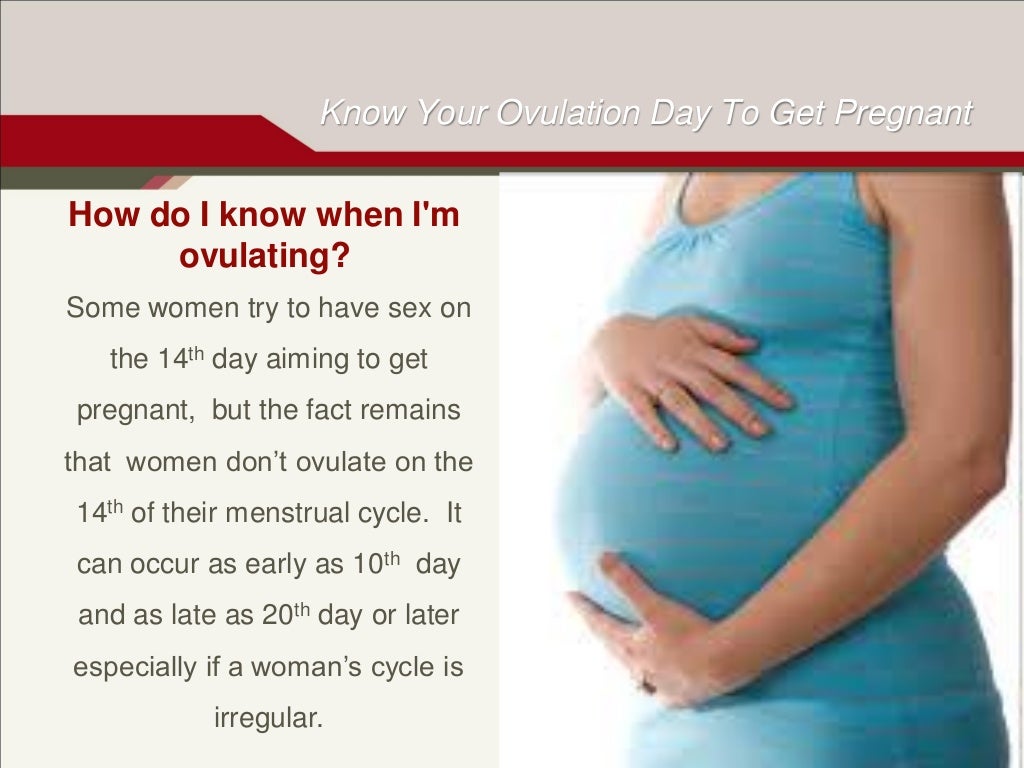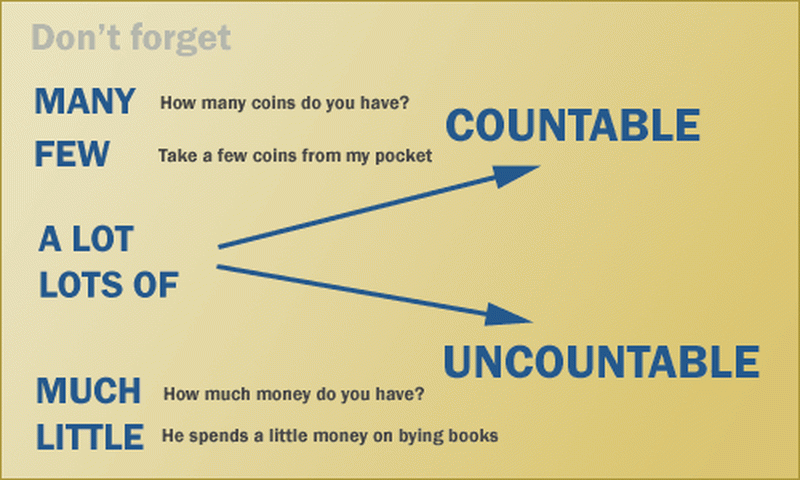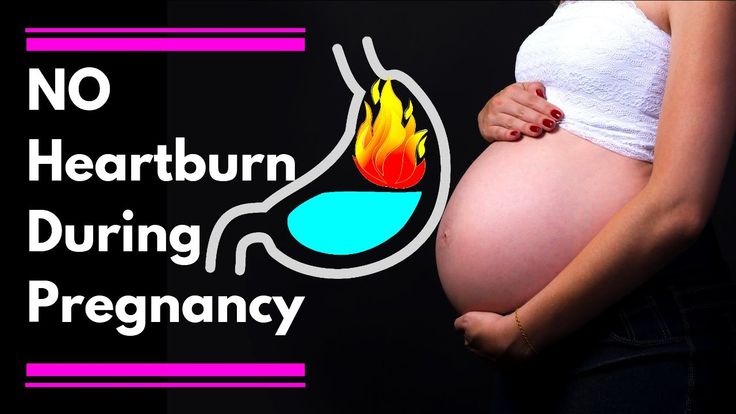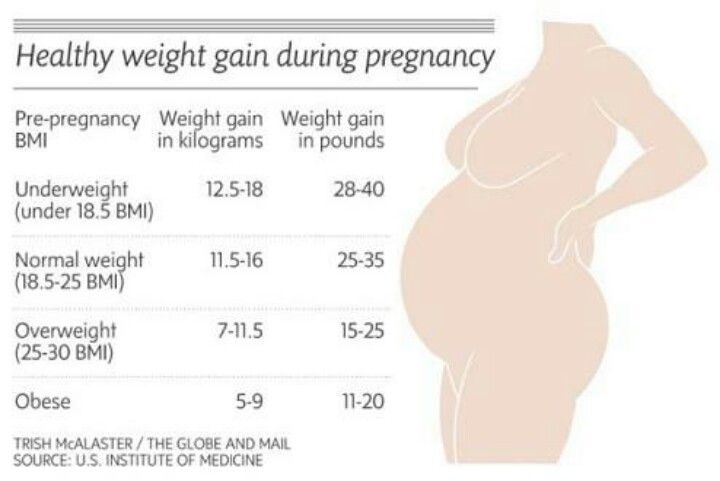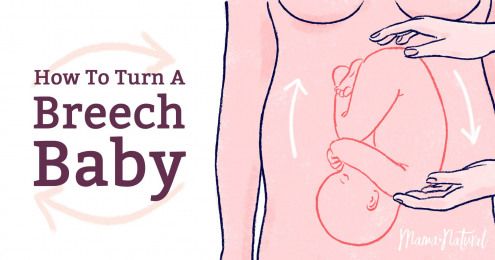Can you still get pregnant the day after ovulation
How many days after ovulation can you get pregnant?
It is possible to become pregnant after ovulation. When a person has sex within 12–24 hours after the release of a mature egg, there is a high chance of conceiving.
Ovulation occurs when one of the ovaries releases a mature egg. This is the time when the body is ready to receive sperm for fertilization.
If fertilization does not occur, the egg disintegrates into the uterine lining. The body will then shed the remains during a person’s monthly period.
Ovulation lasts anywhere from 12–24 hours. After the ovary releases an egg, it survives for about 24 hours before it dies, unless a sperm fertilizes it.
If a person has sex days before or during the ovulation period, there is a high chance of conceiving. This is because sperm can survive up to 5 days in the cervix. Therefore, it is important to understand the fertile window.
The fertile window is the period of time during which it is possible to become pregnant from sex. This is the day of ovulation plus the amount of time that sperm can live inside the cervix before it fertilizes the egg.
According to the American College of Obstetricians and Gynecologists (ACOG), a person can become pregnant if they have sex anywhere from 5 days before until 1 day after ovulation.
Depending on the menstrual cycle, the fertile window may vary from one person to another.
To calculate the fertility window, a person should note the first day of a period until the next period occurs. This timeframe is the menstrual cycle. On average, most people who menstruate have a 28-day cycle.
However, according to the Office on Women’s Health, for some, it may last 21–35 days.
According to the ACOG, ovulation occurs around day 14 of the menstrual cycle.
A person with a 28-day cycle, for example, will have their fertile window 5 days before the ovulation date.
Pregnancy is possible 12–24 hours after ovulation. This is because the released egg can only survive 24 hours before the sperm can no longer fertilize it.
The likelihood of getting pregnant on the days before and after ovulation varies from one person to another.
An older study from 1995 looked at the timing of sexual intercourse in relation to ovulation and the likelihood of conception.
Out of 221 healthy women, there were 192 pregnancies. Researchers concluded they could estimate the odds of becoming pregnant on each day of the fertile window as between 10–33%, depending on the day.
| 5 days before ovulation | 10% |
| 4 days before ovulation | 16% |
| 3 days before ovulation | 14% |
| 2 days before ovulation | 27% |
| 1 day before ovulation | 31% |
| Ovulation day | 33% |
The same study authors also note there could be a 12% chance of conceiving on either day 7 before ovulation and the day after ovulation.
However, the chances of becoming pregnant before or after ovulation depend on several factors, including:
- age
- frequency of sexual intercourse
- menstrual cycle
For those trying to conceive, tracking ovulation is crucial to ensure they identify the most fertile days in the menstrual cycle.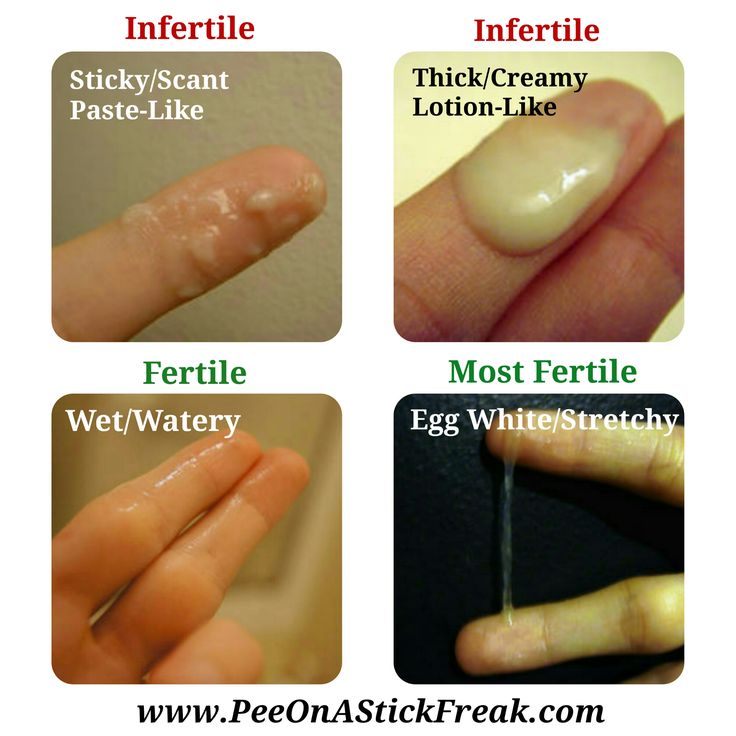
Here are some of the methods a person can use to track or predict ovulation.
Basal body temperature charting
Basal body temperature (BBT) is the temperature when the body is at rest.
Charting BBT for a series of months by measuring every morning after waking up will help predict ovulation.
During or when ovulation approaches, there is a slight increase in BBT. A person can use a digital thermometer to track these small changes in temperature.
Monitoring BBT can help tell when ovulation occurs and therefore predict the days in the cycle when pregnancy is possible.
Ovulation predictor kits
Using ovulation predictor kits, such as test strips and digital tests, will help measure the level of luteinizing hormone (LH), which usually rises during ovulation.
A person needs to take tests for consecutive days to detect the rise in LH.
Once they notice a consistent rise, experts recommend having sex daily for the next couple of days to increase the chances of pregnancy.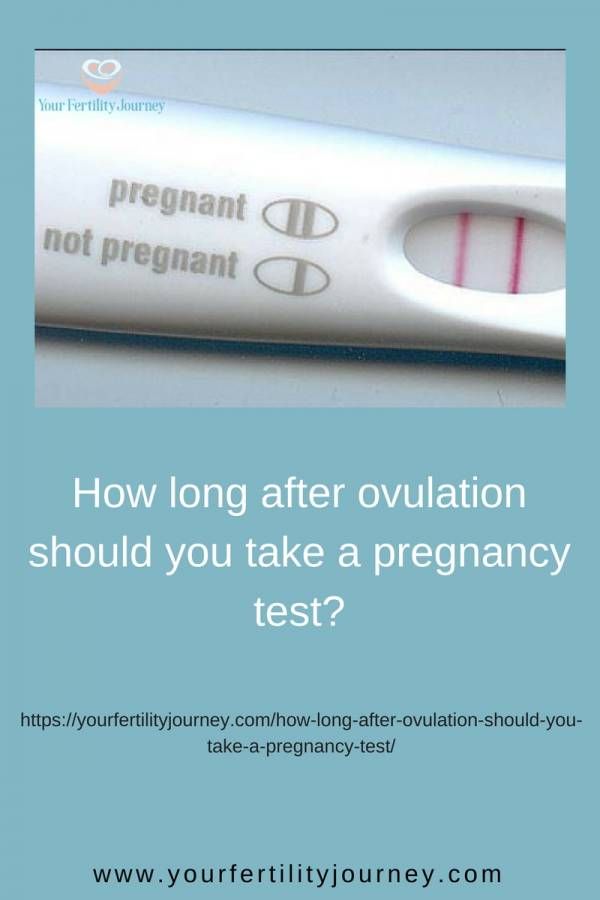
Cycle charting apps
Several cycle apps, such as the Clue period tracker and Flo period ovulation tracker, can help calculate the ovulation period and fertile window.
Charting ovulation using these apps will indicate the ovulation date and days when a person’s body is most fertile.
Fertility monitors
For people trying to conceive or wishing to avoid pregnancy, using fertility monitors to track ovulation can help people plan intercourse.
Fertility monitors work by measuring significant body changes, such as BBT, heart rate, and breathing.
By compiling this data, the fertility monitor can predict the fertile window.
Cervical mucus method
Observing cervical mucus can give an idea of when a person may be ovulating.
When ovulation approaches, the cervical mucus changes to a thin, clear, stringy, slippery consistency. It may look similar to raw egg whites.
The mucus allows the sperm to swim to the released egg during intercourse.
Ideally, this is the ideal time to have sex due to the high chances of becoming pregnant.
Watching ovulation signs, such as a slight increase in BBT, changes in cervical mucus, and increased sex drive, can help determine the best time to have sex to boost chances of becoming pregnant.
In addition, having sex during the fertile window increases the chances of conception. During this timeframe, the body is ready to receive sperm for fertilization.
On average, a menstrual cycle lasts between 21–35 days.
An irregular cycle or absent cycle that lasts fewer than 21 days or more than 35 days, can mean that a person is not ovulating.
A person should speak with a doctor if they do not become pregnant after 1 year of trying to conceive.
Age may also determine when to seek help. People between 35–40 years of age should speak with a doctor after 6 months of trying to get pregnant. For those above 40 years of age, a healthcare professional may run some fertility tests.
A doctor may also test for possible signs of infertility or if a person has ever had repeated miscarriages, pelvic inflammatory disease, endometriosis, prior cancer treatment, or a history of irregular periods.
A person can get pregnant 12–24 hours after ovulation, as a released egg can survive up to 24 hours within the cervix.
For those trying to conceive, it is crucial to understand the menstrual cycle.
Beyond this, a person can use methods, such as BBT charting, cycle charting apps, fertility monitors, changes in cervical mucus, and ovulation predictor kits to boost the chances of pregnancy.
Getting Pregnant After Ovulation | American Pregnancy Association
The key to getting pregnant (or preventing pregnancy) is to understand your ovulation cycle. Ovulation is when a mature egg is released from one of the ovaries, which usually takes place near the 14th day of a 28-day cycle. However, the 14th day is only an average. In reality, a woman with a 28-day cycle may ovulate one of the days between the 11th and 21st cycle day (the first day of your period is cycle day 1).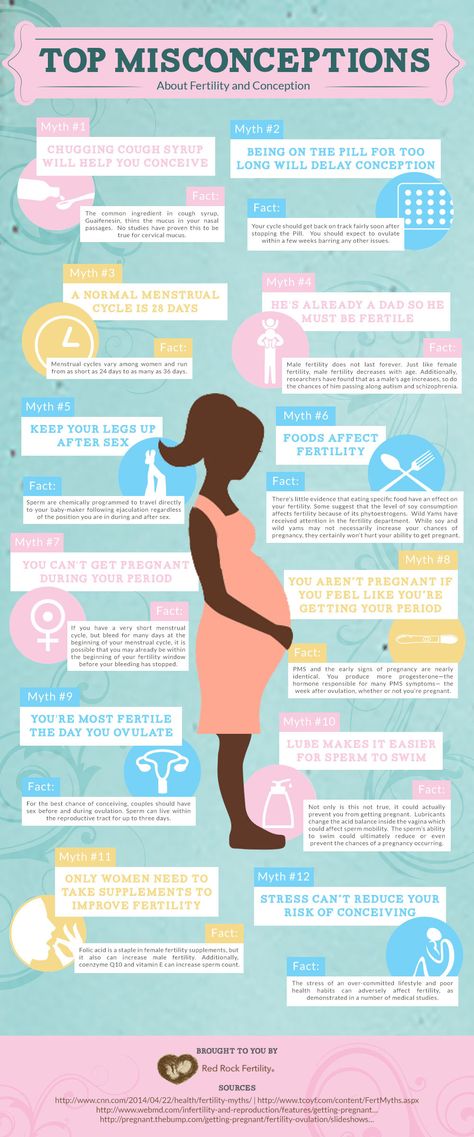 We call these 10 days your “fertility window.”
We call these 10 days your “fertility window.”
As a woman, it is important that you keep track of your cycle; otherwise, it is nearly impossible to know when you are most likely to ovulate. A typical cycle is measured by the first day of your period to the first day of your next period, with the average being 28-32 days. If you are like me, this isn’t always cut in stone. Everybody is different. Discover your Fertility Window in seconds with the APA ovulation calendar.
Ovulation is a delicate hormonal process of the female reproductive system governed by five main hormones. Each hormone triggers one another, coordinating the development and release of an egg from the ovaries.
This is a simple yet complex process that creates a monthly cycle.
Three hormones are produced in the brain, the Gonadotrophin-releasing hormone (GnRH), follicle-stimulating hormone (FSH) and luteinizing hormone (LH). While the other two hormones estrogen and progesterone, are made in the ovaries.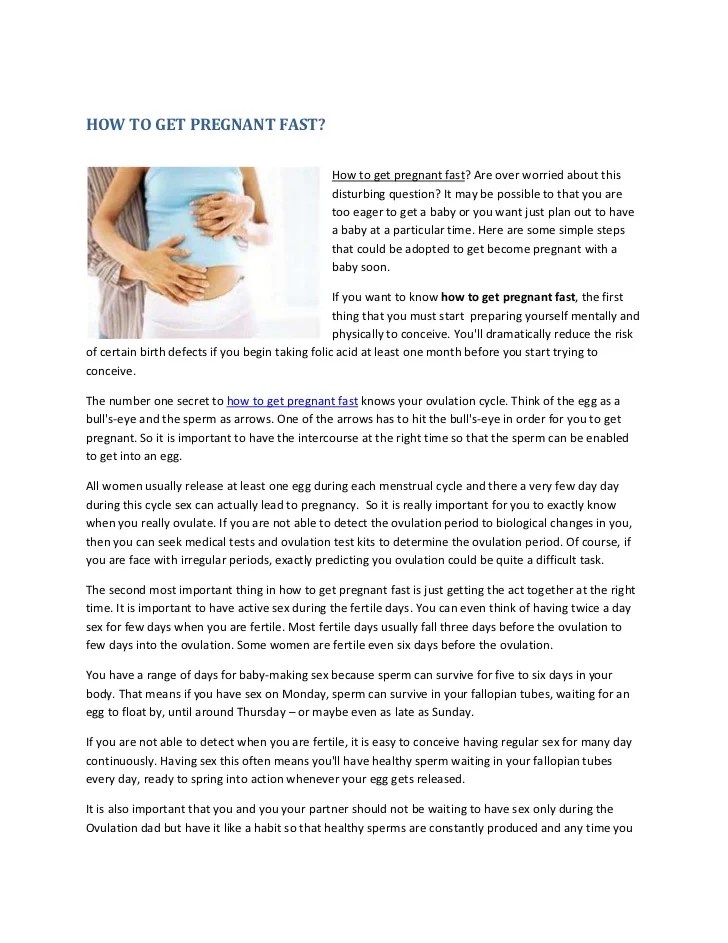
Pregnancy After Ovulation
Getting pregnant after ovulation is possible, but is limited to the 12-24 hours after your egg has been released. Cervical mucus helps sperm live up to 5 days in a woman’s body, and it takes around 6 hours for active sperm to reach the fallopian tubes. If the sperm is there when or shortly after an egg is released, you can quickly become pregnant in the day after ovulation.
What Affects Ovulation?
Our bodies are programmed to function like self-healing machines. However, every person has a different genetic makeup and is exposed to different environmental factors. Both genetics and outside factors may affect these reproductive hormone levels, which can impact your chance to conceive. If you believe you are facing infertility, remember that you have options and that you are not alone.
According to a survey taken in 2015 by the Reproductive Medicine Associates of New Jersey,
There has been a 65% increase in IVF since 2003.
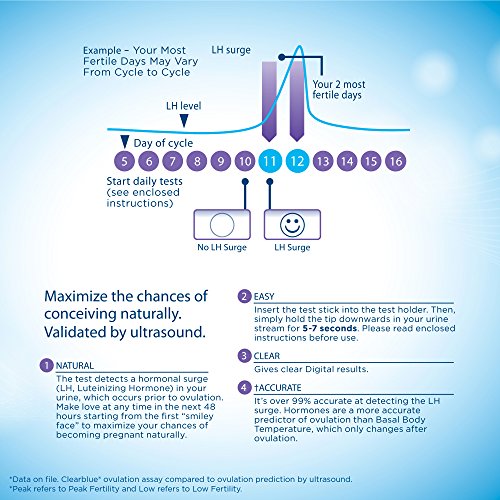
Some environmental factors that affect ovulation:
- Stress can play a big role in ovulation irregularities. Practice stress-relieving exercises like deep breathing, gentle exercise, stretching, yoga, meditation, and positive affirmations.
- A healthy and balanced diet is another big factor. If your dietary needs are not being met, your hormones and ovulation can be affected.
- Chemicals in our environment have a large effect on how our bodies work. According to a study published in 2003 by Environmental Health Perspectives, “industrial compounds can decrease a couple’s ability to have children by up to 29%”.
Do You Need Help?
Every pregnancy is a blessing of a new life. Whether you are trying to conceive or attempting to avoid getting pregnant, knowing more about ovulation and your cycle can be extremely helpful.
No matter the situation you may be facing, you are NOT ALONE. Everyone has a different story, yet many of us have similar circumstances.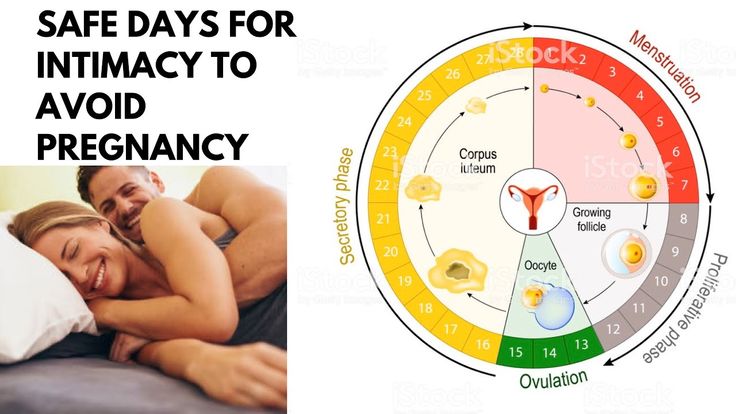 Together we can help each other gain understanding and strength!
Together we can help each other gain understanding and strength!
If you want to pin down the day that you ovulate, it is a good idea to purchase some ovulation predictor kits (OPKs). These are tests similar to a urine pregnancy test, but instead of testing for the pregnancy hormone (hCG), they test for other hormones that peak at the time of ovulation. If you are trying to conceive, these OPKs can be very helpful so that you know the best time to plan intercourse.
If you think you are having symptoms of pregnancy, check out our article on the signs of pregnancy.
If you are wondering when you can take a pregnancy test, the American Pregnancy Association suggests waiting until the first day of your expected period. The best time to test is in the morning, with the first morning’s urine. This is when the urine should be the most concentrated and most able to give you a correct response.
Want to Know More?
- Ovulation: Frequently Asked Questions
- Ovulation Kits and Fertility Monitors
- How to Get Pregnant
Fomin's clinic — a network of multidisciplinary clinics
Today's world is full of information: literally with one click, each of us can open the Universe and learn everything - from string theory to concert posters for the next week.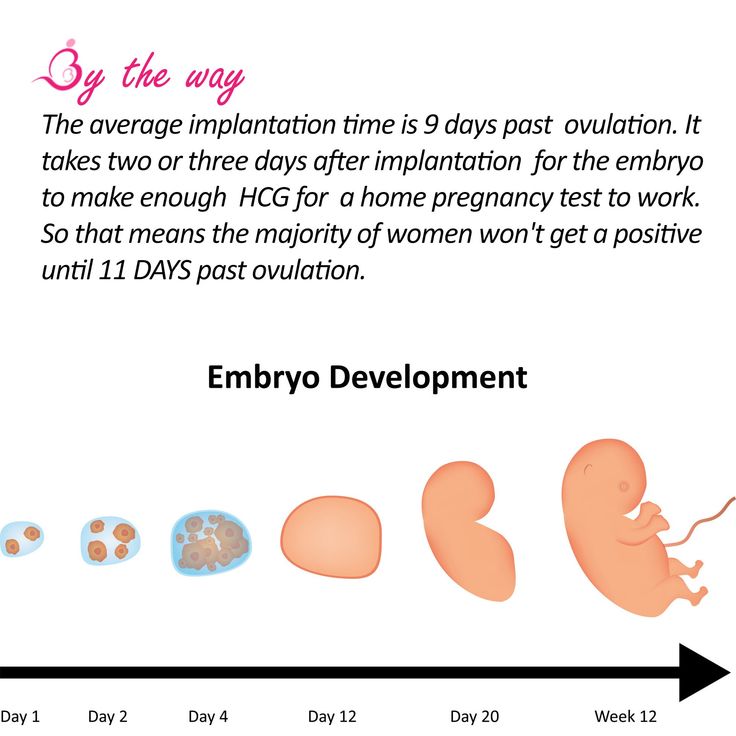 It is all the more interesting that, having unlimited access to knowledge, we still live in myths - and sometimes they arise, including thanks to the Internet, replicating untruth and absurdity.
It is all the more interesting that, having unlimited access to knowledge, we still live in myths - and sometimes they arise, including thanks to the Internet, replicating untruth and absurdity.
We have prepared for you a short “blitz” of six questions or myths about pregnancy and conception, so that you are fully equipped and do not believe the tales on the Internet.
Well... not exactly. Firstly, the idea of a “full examination” is a clear exaggeration, because there is no single list of tests that an expectant mother needs to pass. Ideally, visit a doctor three months before the end of contraception, get tested for STIs and antibodies to rubella. If additional examinations are required, you will be individually prescribed everything you need - including, probably, vaccinations that should be “updated”. As for alcohol and smoking, they are really contraindicated at the stage of pregnancy planning, so if you have these addictions, you will have to give them up.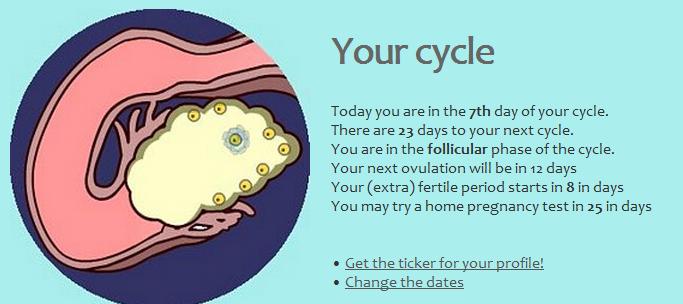 However, it should be remembered that smoking cessation applies to both electronic cigarettes and “passive smoking”, which can lead to dangerous consequences for the fetus.
However, it should be remembered that smoking cessation applies to both electronic cigarettes and “passive smoking”, which can lead to dangerous consequences for the fetus.
Spoiler: no big deal. Do not panic and blame yourself for all mortal sins because of a glass of wine. With the recognized insecurity of alcohol, scientists have proven that a woman drinking 1-2 servings a couple of times a week should not harm the unborn child. For men, the allowable figures are slightly higher - 3-4 doses of alcohol per week. The main thing is to know the measure and not to overdo it.
There is, of course, a simplified formula for calculating the estimated due date: plus 7 days and minus 3 months from the date of the last period, but to be honest, it doesn’t work like that: the fact is that it is very difficult to “program” pregnancy and make sure that the child is born when you want. If you have a plan and are going to stick to it, be prepared for the fact that things can go wrong, if only because:
- the duration of pregnancy is not 40 weeks, but 37-42 weeks, which means that you can easily fall into a five-week “loop”, which will reduce the chances of fulfilling the plan to zero;
- with regular sex, the probability of conception is not 1 time per month (exactly when you guessed it), but 1 time per year.
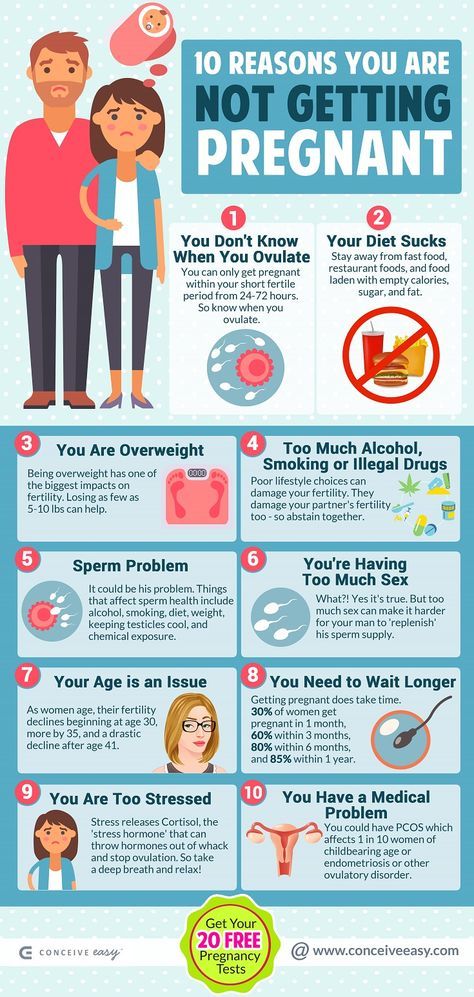
Nothing is impossible... However, it is worth clarifying the question a little: you can get pregnant only during ovulation (more precisely, shortly after it), but you can have sex, which will lead to a long-awaited pregnancy, on different days. Of course, on the days of menstruation, the probability is lower than on the days that precede ovulation, but on none of the days of the menstrual cycle this probability is not zero.
Let's just say that trying multiple times a day is a bad idea. Why? At least because ejaculation more than once a day worsens the quality of sperm, as a maximum - such perseverance and zeal can create tension in the relationship of partners. Doctors advise to have sex every 2-3 days throughout the cycle, and not try to guess the moment and throw all your strength into this short period.
Planning the sex of a child is an extremely prolific topic for myth-makers. Some believe that with the help of a special table that takes into account such indicators as the age of the father and mother, the month of conception, it is possible to accurately calculate the sex of the child. This "method" is anti-scientific and has nothing to do with reality.
Some believe that with the help of a special table that takes into account such indicators as the age of the father and mother, the month of conception, it is possible to accurately calculate the sex of the child. This "method" is anti-scientific and has nothing to do with reality.
Another myth is that you have to get pregnant on the day you ovulate to have a boy. Previously, scientists really believed that X and Y spermatozoa differ from each other (Y are faster), and the sex of the child is formed due to the first one that broke through the defenses of the female egg. If you want to conceive a boy, you need to have sex on the day of ovulation so that the Y-sperms responsible for the "male sex" have more time to get to the egg located farthest from the entrance to the uterus.
However, this myth does not stand up to criticism: the fact is that there is no difference between the X and Y chromosomes, which means that the sex of the child does not depend on which of the sperm reaches the egg first.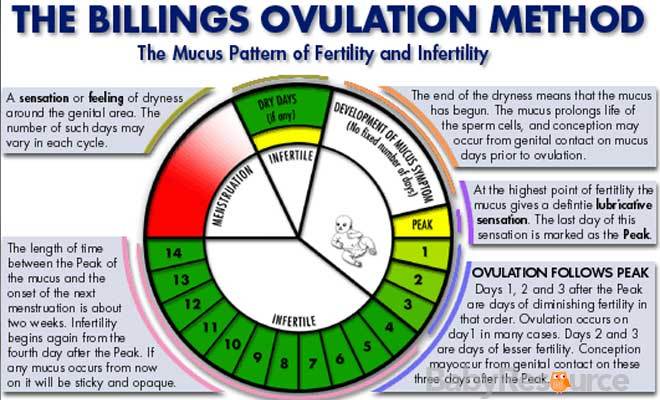 Moreover, not the fastest fertilizes the egg: thousands of spermatozoa simultaneously break its shell.
Moreover, not the fastest fertilizes the egg: thousands of spermatozoa simultaneously break its shell.
From this follows the conclusion: modern science does not know how to determine the sex of the child during natural conception, and therefore there is no universal recipe.
Follow us
When is a woman most fertile?
If you are a woman taking precautions to prevent pregnancy, or if you are thinking about pregnancy in some way in the future, the issue of fertility usually remains in the background.
The question of when a woman is most fertile has two aspects.
First, is the menstrual cycle and the period when a woman is most fertile.
To figure out the arithmetic, a fertility calendar or an ovulation calculator will help. The second aspect of the question concerns biological age and the stage of life at which women are most fertile. In our article, we will look at the monthly cycle, the days that are the most fertile during this cycle, and various means of monitoring and predicting ovulation.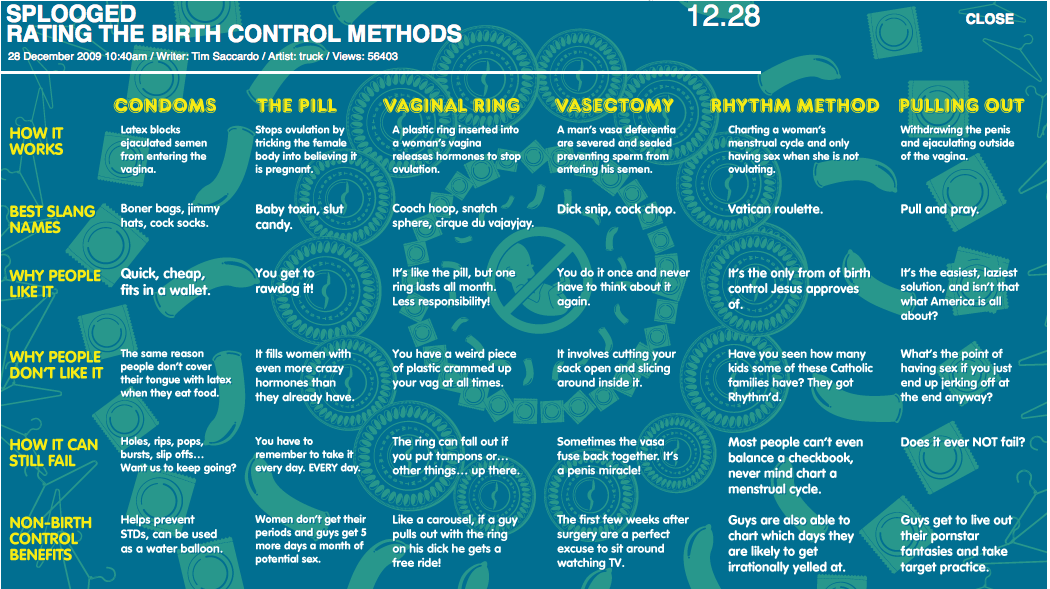 This makes it possible to predict the time of maximum fertility with some accuracy.
This makes it possible to predict the time of maximum fertility with some accuracy.
Second, , we look at the stages of fertility at various times in a woman's life and their impact on her ability to conceive.
It is well known that fertility peaks at age 20 and begins to decline after age 30; after 35 years, natural conception rates begin to drop sharply. However, in today's society, many women, for understandable financial and social reasons, choose to delay childbearing until the age of thirty. Thus, we are faced with the paradoxical situation where many women, who have long sought to prevent pregnancy in their younger years, find themselves in a situation where they begin to look for ways to increase their chances of conceiving.
When is a woman most fertile? What does the menstrual cycle show?
In a woman, the ability to conceive is maximum a day or two before and after ovulation. This is when the egg is released from the ovaries.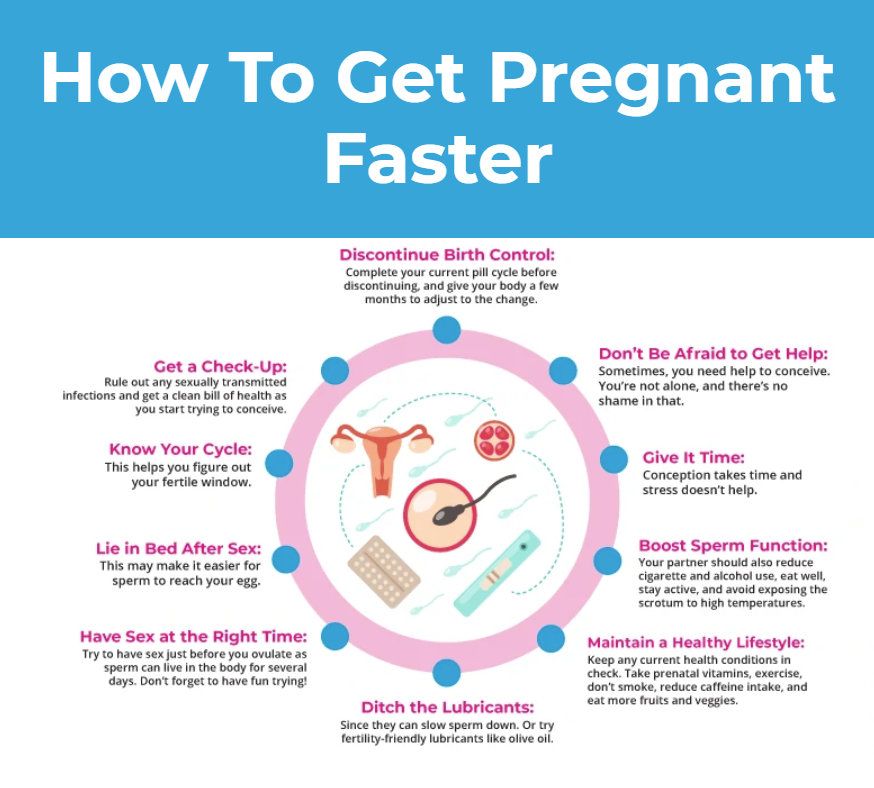 You can calculate with a reasonable degree of accuracy when ovulation will occur, especially if your cycle is regular, anywhere between 24 and 35 days. Consider the start of your period (bright spotting) as the first day of your cycle, and the day before the next as the end of your cycle. Ovulation usually occurs 12-16 days before the start of the next cycle. Thus, if you have a regular 28-day cycle, then the indicator remains the same: ovulation occurs on the 12th-16th day. However, fertile time is not limited to these few days. Remember that you can get pregnant if you have unprotected sex at any time during the week before ovulation, as sperm can live in a woman's genital tract for up to seven days.
You can calculate with a reasonable degree of accuracy when ovulation will occur, especially if your cycle is regular, anywhere between 24 and 35 days. Consider the start of your period (bright spotting) as the first day of your cycle, and the day before the next as the end of your cycle. Ovulation usually occurs 12-16 days before the start of the next cycle. Thus, if you have a regular 28-day cycle, then the indicator remains the same: ovulation occurs on the 12th-16th day. However, fertile time is not limited to these few days. Remember that you can get pregnant if you have unprotected sex at any time during the week before ovulation, as sperm can live in a woman's genital tract for up to seven days.
Fertility specialists generally advise that if you are hoping to get pregnant, it is advisable to specifically schedule contacts around this time, as it can be difficult to calculate the exact day of ovulation, and trying to have sex on a schedule can cause unnecessary stress and anxiety.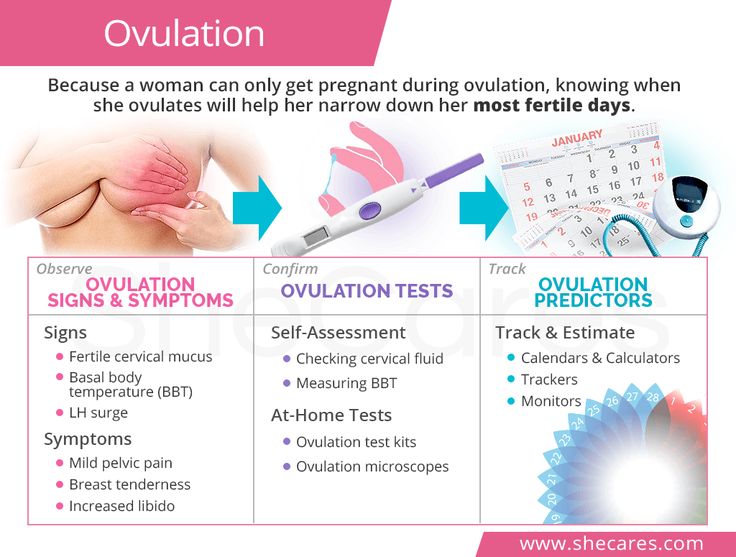 For the best chance of getting pregnant as long as there are no underlying fertility problems, it is recommended to have intercourse every 2-3 days during your cycle. In addition, fertility calendars, an ovulation test, and self-monitoring for signs of ovulation can help predict the ideal time to conceive.
For the best chance of getting pregnant as long as there are no underlying fertility problems, it is recommended to have intercourse every 2-3 days during your cycle. In addition, fertility calendars, an ovulation test, and self-monitoring for signs of ovulation can help predict the ideal time to conceive.
Menstrual calendar
It could be an old-fashioned pen and paper, a spreadsheet, or one of the many online calendars available. They are also known as ovulation calendars or ovulation calculators. They all do the same thing: keep track of your menstrual cycle dates and use the 12-16 day calculation outlined above to determine the days on which you are most likely to conceive.
Ovulation Tests
These are test kits that measure the level of luteinizing hormone (LH) in your urine. The essence of the measurement is to capture the surge in LH levels that occurs during your cycle a couple of days before ovulation. There are also tests that measure the same hormone pulsation but use a saliva sample.